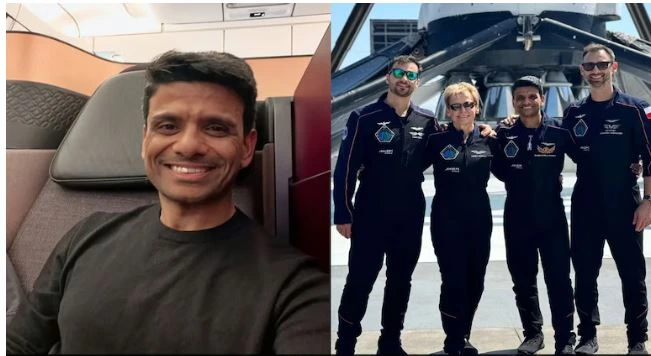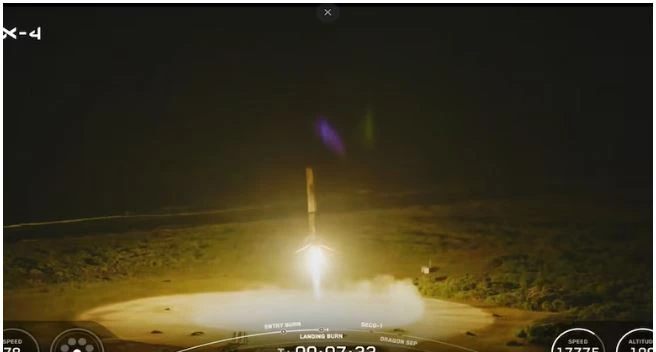Latest Science News
Scientists find new bacterium from Sunderbans
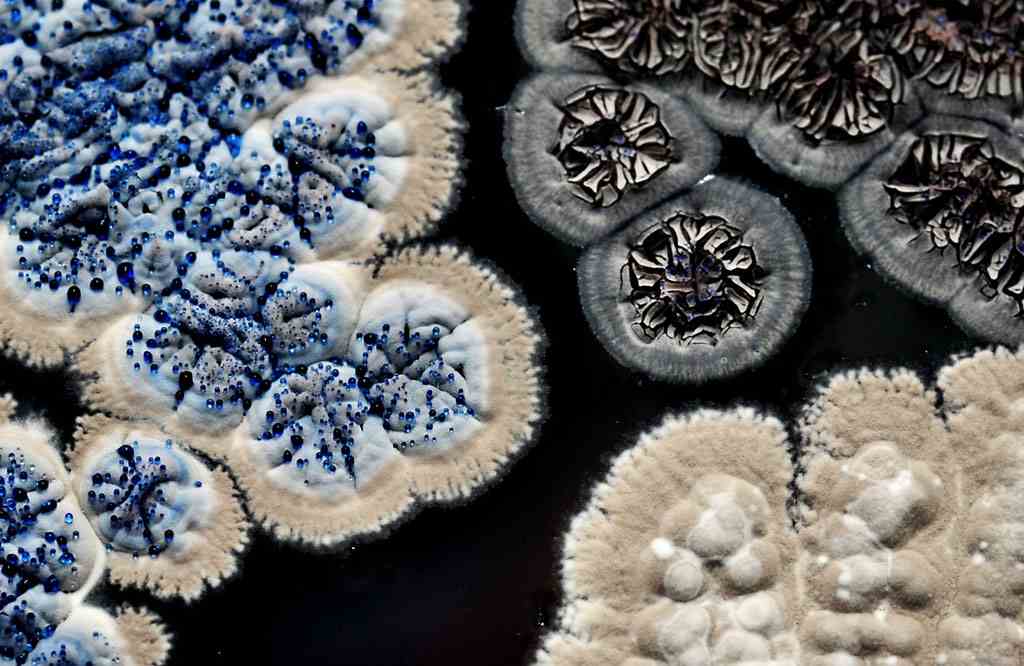
Latest Science News
Astronaut Shubhanshu Shukla to meet PM Modi after return from historic space mission
Astronaut Shubhanshu Shukla, who recently returned from the ISS as part of the Axiom-4 mission, will meet PM Modi this evening. Parliament will also hold a special discussion on his historic journey.
India News
Shubhanshu Shukla pens emotional note as he returns to India after space mission
Indian astronaut Shubhanshu Shukla penned an emotional Instagram post as he returned to India after his 18-day ISS mission, marking a milestone in India’s space journey.
Latest Science News
Shubhanshu Shukla becomes second Indian in space, lifts off for ISS aboard Axiom-4 mission
Group Captain Shubhanshu Shukla becomes the second Indian astronaut to travel to space after four decades, aboard the Axiom-4 mission to the International Space Station.
-
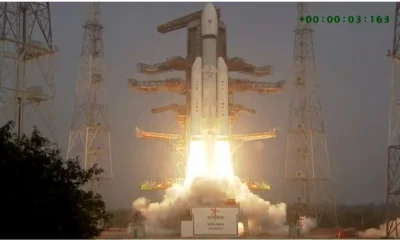
 India News17 hours ago
India News17 hours agoIndia’s LVM3 Baahubali rocket launches heaviest satellite ever from Indian soil
-
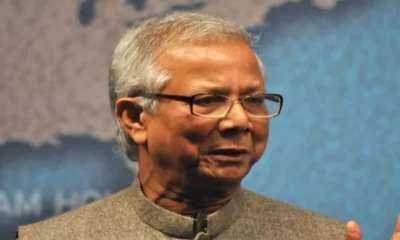
 Latest world news17 hours ago
Latest world news17 hours agoBangladesh student leader killing sparks allegation against Yunus-led interim government over February polls
-

 India News9 hours ago
India News9 hours agoJammu and Kashmir High Court rejects Mehbooba Mufti’s plea on undertrial prisoners, calls it politically motivated
-
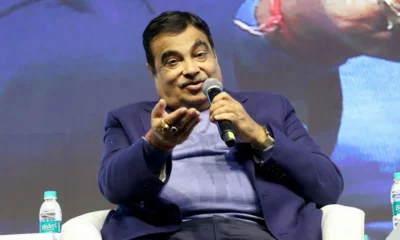
 India News12 hours ago
India News12 hours agoNitin Gadkari flags Delhi air pollution, says two-day stay causes infection
-
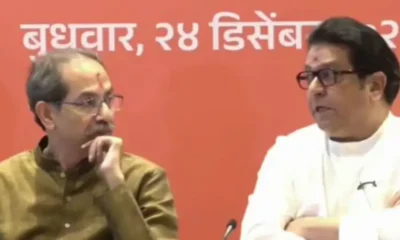
 India News12 hours ago
India News12 hours agoThackeray cousins reunite for Mumbai civic polls, announce Shiv Sena UBT–MNS alliance
-
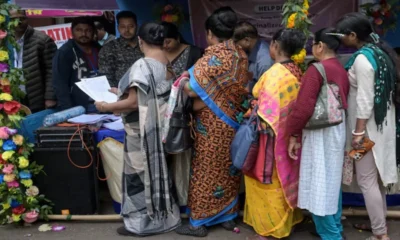
 India News16 hours ago
India News16 hours agoOver 24 lakh voters dropped from Kerala draft electoral roll after special revision
-
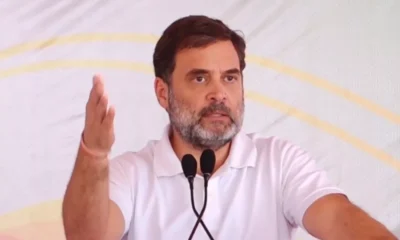
 India News8 hours ago
India News8 hours agoUnnao rape survivor meets Rahul Gandhi amid protest over court relief to Kuldeep Sengar
-

 India News7 hours ago
India News7 hours agoDelhi lifts GRAP-4 pollution curbs as air quality shows improvement









